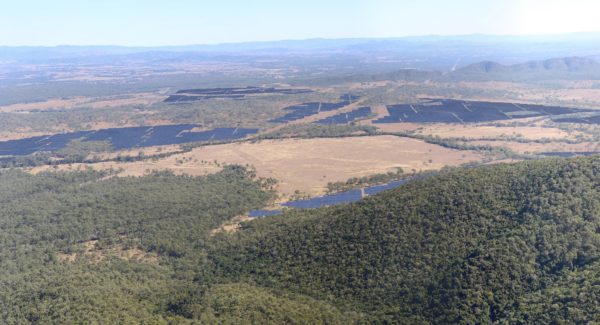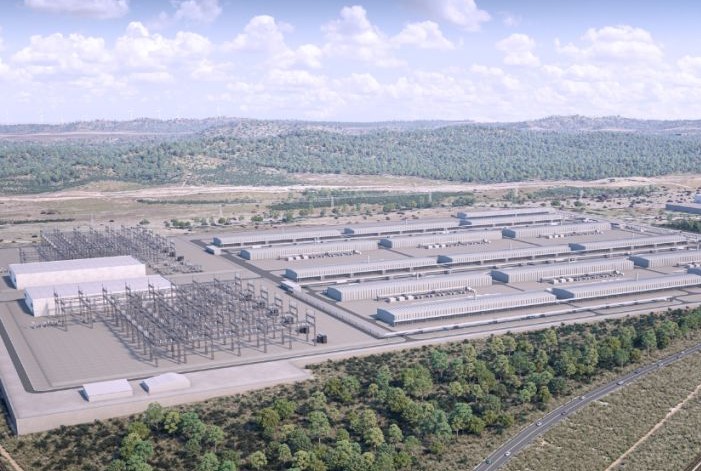Queensland’s largest renewable hydrogen development, the CQ-H2 project, is on track for first production in 2027 after Stanwell announced it plans to start a Front End Engineering Design (FEED) study in early 2023 after a $10.4 million (USD 7 million) feasibility study found the proposed 3 GW facility is technically feasible and commercially viable.
Publicly owned electricity company Stanwell is part of an international consortium seeking to develop the CQ-H2 project at Aldoga, about 20 kilometres northwest of Gladstone, with the view to producing up to 800 tonnes of green hydrogen per day for export to Japan and use in local industry.
Stanwell is developing the project in conjunction with Iwatani and fellow Japanese companies Kansai Electric Power Corporation, Marubeni, and Kawasaki Heavy Industries, and Sydney-based energy infrastructure business APA Group.
Stanwell Chief Executive Officer Michael O’Rourke said the company and its partners had recently completed a detailed feasibility study which proved the project is technically feasible and commercially viable “with appropriate government support in the initial phases”, and are now working together to lock in final arrangements to progress the project to FEED.
“The FEED study, which is subject to final approval by consortium members, will provide the detail required to support a final investment decision,” he said.
“With high-calibre expertise across the supply chain including potential off-takers, the project is on track for first hydrogen production in 2027.”

Image: Acciona
O’Rourke said the CQ-H2 project, which has signed an agreement to source renewable energy from Spanish renewable energy company Acciona Energia’s proposed 600 MWp Aldoga Solar Farm, will ultimately scale up to more than 3 GW of electrolysis capacity by the early 2030s.
It is anticipated the facility will produce up to 36,500 tonnes per annum of renewable hydrogen from 2027, scaling up to approximately 292,500 tonnes per annum to meet forecast demand.
Queensland Treasurer Cameron Dick said Stanwell’s partnership with major global energy heavyweights to build the CQ-H2 project could unlock billions of dollars of investment and thousands of good jobs for Queenslanders.
“The CQ-H2 project’s benefits for Queensland could be immense, with jobs in construction, manufacturing, and local service industries,” he said.
“The project could deliver over $17 billion in exports and $12 billion to Queensland’s gross domestic product over 30 years and create up to 8,900 good jobs at its peak.”
Dick said the state government has committed $15 million towards funding Stanwell’s FEED costs, including future planning for supply chain and workforce opportunities.
This content is protected by copyright and may not be reused. If you want to cooperate with us and would like to reuse some of our content, please contact: editors@pv-magazine.com.









By submitting this form you agree to pv magazine using your data for the purposes of publishing your comment.
Your personal data will only be disclosed or otherwise transmitted to third parties for the purposes of spam filtering or if this is necessary for technical maintenance of the website. Any other transfer to third parties will not take place unless this is justified on the basis of applicable data protection regulations or if pv magazine is legally obliged to do so.
You may revoke this consent at any time with effect for the future, in which case your personal data will be deleted immediately. Otherwise, your data will be deleted if pv magazine has processed your request or the purpose of data storage is fulfilled.
Further information on data privacy can be found in our Data Protection Policy.